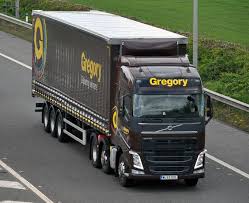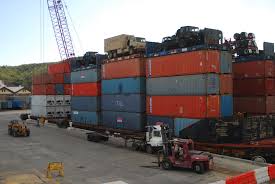Tyco and Johnson Controls to merge
IRELAND – Johnson Controls, a global multi-industrial company, have announced that they are to merge with Tyco, a global fire and security provider, to create Johnson Controls plc, a global leader in building products and technology, integrated solutions and energy storage.
This merger will see the two companies pool together their products, technology and service capabilities across controls, fire, security, HVAC, power solutions and energy storage, to serve various end markets including large institutions, commercial buildings, retail, industrial, small business and residential.
The two companies have revealed that the merger is expected to close on or around the end of the Johnson Controls fiscal year, which is September 30, 2016. They have also disclosed that, under the terms of the agreement, Johnson Controls shareholders are expected to own about 56 percent of business equity, and Tyco shareholders will own about 44 percent. The company will have annual revenue of $32 billion, and the merger will see Tyco maintain their global headquarters in Cork, Ireland with their North America operations headquartered in Milwaukee, Wisconsin.
In addition, the new company is expected to offer one of the largest energy storage platforms with capabilities including traditional lead acid as well as advanced lithium ion battery technology serving the global energy storage market.
The companies hope that by linking complementary branch networks and independent channels for global growth, they will enhance the revenue and earnings growth profile of established businesses.















